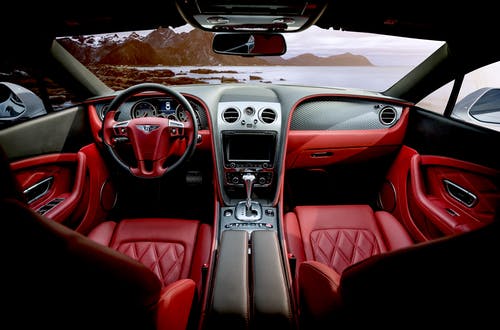A liquid cold plate has fast become one of the technologies used globally to make items Cold either in a freezer or in different application processes. It is easy to go into any store to buy a Cold beer and complain when it is not as chilled as you need. It may not be the fault of the duper market. Most times, when things like this happen, it is the fault of the refrigerating system in place. There are different types of design and installation for refrigerators generally. The one in place determines how cold the items inside will be – with or without a power supply. Generally, the idea of Cold Plates is for heat absorption. These items are mainly used in general electrical items globally. These items include freezers, and refrigerators amongst others. But also, there are some unconventional uses of the liquid cold plates aside from the regular freezers. A perfect example is people who spend most of their time on the sea for purposes like fishing and working in the navy, amongst others. These people are away from the regular electronic components, so it may be difficult to have access to the regular freezers at their beck and call. However, the liquid cold plates solve these issues effortlessly.
From the design to the construction of the liquid cold plates, the aim is to have cold items with either an electric connection or a battery. We have liquid cold plates specifically designed for trucks and boats, ensuring that there is a supply of cold items regardless of the location. However, the idea and technology of the liquid cold plate are not exactly a popular option. That is why in this guide, we have decided to explain the idea of liquid cold metals and their working processes.
How do Liquid Cold Plates Work
The whole working process of liquid cold plates is to utilize a liquid cooling system to remove heat from a box or an environment. Most times, liquid cold plates depend on electricity to function. When there is a supply of electricity, the liquid inside the cold plate gets frozen. This liquid is specifically designed to freeze within a short period but melt over a long period. For instance, you may spend two hours freezing the liquid, and it can require more than ten hours to completely melt. That is why this cold plate technology is preferred by many.
What Are The Different Designs of Liquid Cold Plates?
Depending on the brand, purpose, and expertise of the professionals who install the liquid plates you require, there are diverse methods to install them. The design determines how quickly the liquid cold plate will get frozen, and how quickly it will get melted. Amongst many other design modifications and brand rules, there are two general designs for the liquid cold plates.
- The tubing design depends on the tube’s design to ensure that the liquid does not get cold rather easily.
- The channel design depends on the path the fluid is flowing to ensure it remains frozen regardless of the design.











